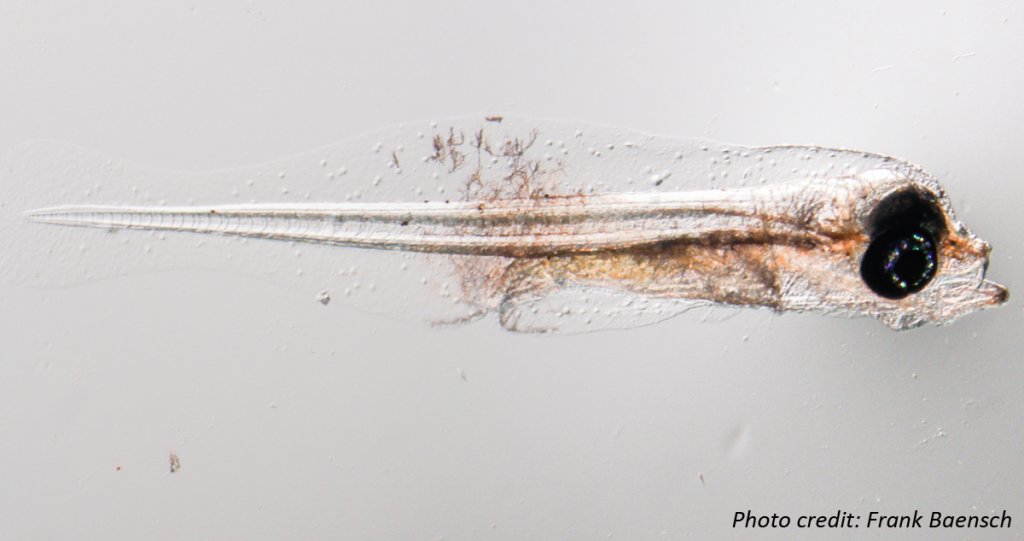Resolving the Diet of Larval Marine Fishes to Accelerate Aquaculture Opportunities
PRINCIPAL INVESTIGATOR: Brian Bowen
Graduate Fellow: Emily Conklin, Cassie Kaʻapu-Lyons

As the demand for sea food continues to rise, wild stocks are dwindling or disappearing. Meanwhile, the supply of marine ornamental fishes for the aquarium trade faces similar pressures. Both problems can be alleviated by marine aquaculture, but this solution is stymied by an inability to raise fishes through the first fragile phase, the larvae. Disease and starvation are the two primary obstacles. Disease can be reduced by sanitation, but starvation is a much harder problem because we don’t know what these larvae eat in the wild. It was once assumed that marine fish larvae were opportunistic, feeding on whatever plankton they encountered. We now know this is incorrect, and that the larvae are highly selective. Here we propose a novel solution to the feeding problem, based on advanced genetic technology. We intend to use DNA barcoding to resolve the diet of marine larval fish in the wild. If we know the natural diet, we have the opportunity to grow out the larvae of food fishes and ornamental fishes in captivity. Our partners at the National Marine Fisheries Service have collections of over 10,000 larvae from groups that are very suitable for aquaculture, including snappers, groupers, butterflyfishes, and marine angelfishes. We have also augmented that with extensive collections in near-shore plankton tows. In the first phase of this project (2020 – 2022), we are requesting support to barcode and identify the prey of larval marine fishes. In a second phase (2022 – 2024) we seek to implement this technology with commercially feasible aquaculture. Our industry partners include marine ornamental producers who can identify the best combination of target species and available prey items. Together, we hope to revolutionize the marine aquaculture industry, transforming it from a marginal component to a major player in sea food production. Our ultimate goal is to relieve the pressure on wild stocks, and provide a sustainable, environmentally-friendly industry for coastal communities.

